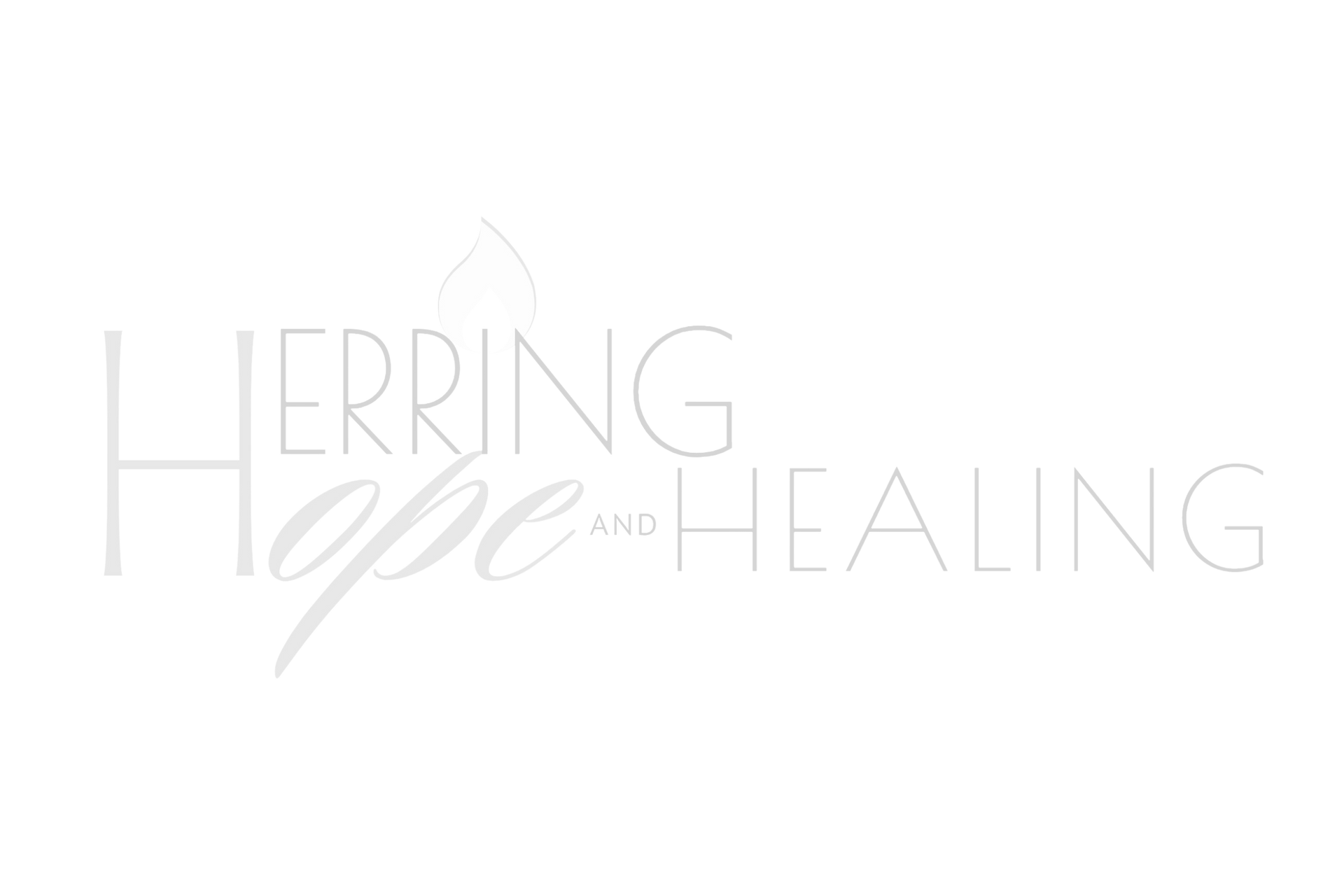Intersectionality Theory
Identity and Power

Intersectionality Theory (Crenshaw, 1989; Walby et al., 2012) is an area of literature that was examined in this study because of the multi-layered experiences and impacts it has on the individual. It is defined as multiple inequalities manifested in multiple identities in one individual or group of individuals. This theory has historically been focused on the stories of black women and how the rise of criticism on racial and gender intolerance has grown into the need to examine the multi-faceted meaning of being a woman, a woman of color, as well as a variety of identifiers that may or may not be tolerated. Crenshaw (1989) and Hill Collins (2000) introduced the term “intersectionality.” It is the idea that multiple aspects of oppression (e.g. race, gender, economic status) cannot be seen as separate issues because the oppression itself comes from an intersection of prejudicial ideas that affect multiple aspects of the histories of women of color. Hill Collins stated that “cultural patterns of oppression are not only interrelated, but are bound together and influenced by the intersectional systems of society, such as race, gender, class, and ethnicity…it is interlocking oppression” (2000, p. 42).
Sinanan (2011) sought to identify what family risk factors (i.e. domestic violence, inadequate housing, financial problems, or substance abuse) correlated to physical abuse reporting by educational personnel. By focusing on relationships in the child’s environment, Sinanan found that: (a) younger children and children with prior abuse history were likely to be impacted; (b) there was a significant difference in reporting based on race: African American and Hispanic children have more reports than white children; (c) a correlation existed between risk factors and higher rates of reports; and (d) the failure to report affects the child’s abuse reporting system and society’s ability to help the child.
The goal in incorporating intersectionality in the study was to use multiple lenses to investigate the perspectives of the survivors of trauma who participated in the study. increased ‘allostatic load’ Although I anticipated participation in this study from a variety of racial groups, the experience of sexual trauma was an additional form of identity for all participants regardless of race. It was with insights from these fields of study that I intended to orient my study.
The Task Force on Children Out of School (TFCOS) recognized the need for trauma-informed education in the 1960s and 1970s. The collaborative suggests that there are systems in American schools that prevent the success of a student who has a trauma history. In The Way We Go to School: The Exclusion of Children in Boston, the task force discusses the “emergency” that came out of the realization that children across the state of Massachusetts were excluded from access to quality care and quality education. Not only is the need for quality education necessary in the state of Massachusetts, but across the United States, there has been attention drawn to the large numbers of vulnerable female students. Girls who are the most vulnerable are likely to have less access to their school programs. The lack of engagement in school often leads to involvement in human trafficking and commercial sexual exploitation.




